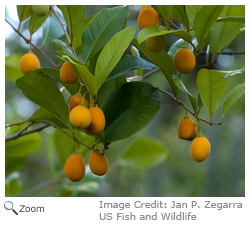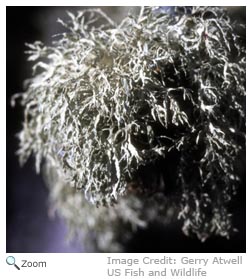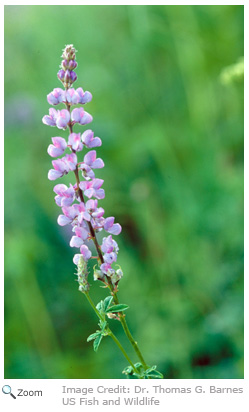Plant Diversity |
What is a Plant? Plants
belong to the Plantae Kingdom. They are multicellular, have a rigid cell wall and make their own food. Most plants grow in the soil and use energy from the sun to make their own food. Unlike animals, they can't move on their own and they don't have nervous systems. There are two large categories of plants: non-vascular plants or Bryophytes, like moss; and vascular plants or tracheophytes, like flowers, trees and grasses. Plants
belong to the Plantae Kingdom. They are multicellular, have a rigid cell wall and make their own food. Most plants grow in the soil and use energy from the sun to make their own food. Unlike animals, they can't move on their own and they don't have nervous systems. There are two large categories of plants: non-vascular plants or Bryophytes, like moss; and vascular plants or tracheophytes, like flowers, trees and grasses.
Bryophytes Bryophytes have no roots, leaves or stems. Moss and liverworts belong to this group. They are flowerless plants that grow in clumps. They don't have roots. Instead they have thin rootlike growths called rhizoids that help anchor the plant. Because they don't have roots and stems to transport water, mosses and liverworts dry out very quickly, so they are usually found in moist habitats. The only place they don't grow is in salt water. Bryophytes have no roots, leaves or stems. Moss and liverworts belong to this group. They are flowerless plants that grow in clumps. They don't have roots. Instead they have thin rootlike growths called rhizoids that help anchor the plant. Because they don't have roots and stems to transport water, mosses and liverworts dry out very quickly, so they are usually found in moist habitats. The only place they don't grow is in salt water. |
TracheophytesUnlike bryophytes, tracheophytes have tissues called xylem that transport water, and they have food transporting tissues called phloem. Together the xylem and the phloem are called vascular tissue. Vascular plants have roots, stems and leaves.Adapted for Growth Vascular plants have some adaptations that help them survive. They are covered with a waxy layer or cuticle that holds in water, and they have stomata or pores that help them take in and let out gasses like carbon dioxide and oxygen. Their roots take up water and nutrients from the soil and anchor them to the soil. Stems move water and nutrients to the plant's leaves and the leaves capture the sunlight the plant needs for photosynthesis. Vascular plants have some adaptations that help them survive. They are covered with a waxy layer or cuticle that holds in water, and they have stomata or pores that help them take in and let out gasses like carbon dioxide and oxygen. Their roots take up water and nutrients from the soil and anchor them to the soil. Stems move water and nutrients to the plant's leaves and the leaves capture the sunlight the plant needs for photosynthesis.
|
